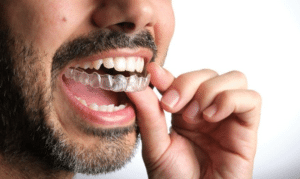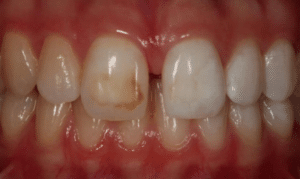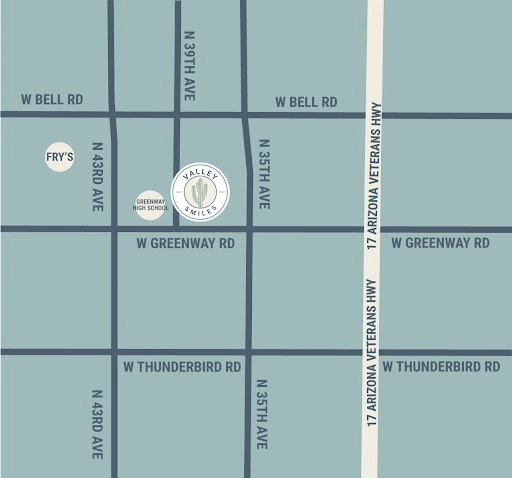Invisalign is a relatively new way of straightening teeth that has become increasingly popular with both adults and teens. Invisalign consists of a series of custom-made, clear aligners which are designed to target your individual dental needs. The system offers several advantages over traditional braces, such as the convenience and comfort of being able to remove the aligners when necessary. However, there are some drawbacks as well. In this article, we’ll take a closer look at the good and bad of Invisalign in order to help you make an informed decision about whether or not it is the right option for your dental needs.
The Good
Comfort
The primary benefit of Invisalign lies in its comfort. Unlike traditional braces, which are often bulky and uncomfortable, Invisalign aligners can be easily removed and put back on with minimal effort and discomfort. Additionally, the aligners are made from a clear plastic material that is virtually invisible when worn, so you don’t have to worry about feeling self-conscious while wearing them.
Convenience
Invisalign is also very convenient compared to traditional braces. Because the aligners can be easily removed, it makes brushing and flossing your teeth much easier since you don’t need to work around metal brackets and wires. Additionally, you don’t have to visit the dentist as often for check-ups or adjustments like you would with traditional braces.
Cost Effective
Invisalign is generally much more cost effective than traditional braces, which can be expensive and require multiple appointments with the orthodontist. With Invisalign, you can often get the same results in a fraction of the time and cost.
The Bad
Time Commitment
One downside to Invisalign is that it requires a significant commitment of time. You’ll need to wear your aligners for at least 22 hours every day, and you’ll have to be very diligent about replacing them every two weeks. Additionally, it can take anywhere from 12-18 months to complete the treatment, which is longer than most traditional braces treatments.
Limited Use
Another downside of Invisalign is that it may not be suitable for everyone. The system is best suited for those who have mild to moderate dental issues and may not be effective for more serious cases. Additionally, the system can’t be used to treat some conditions like crossbites or overbites that require specialized braces.
Hygiene
Finally, it’s important to note that Invisalign requires a bit more effort when it comes to keeping your teeth and gums clean. You’ll need to brush after every meal and floss twice a day in order to ensure that you don’t develop any cavities or gum disease while using the aligners.
FAQs
Q: How long does Invisalign treatment take?
A: On average, it takes 12-18 months for the treatment to be completed.
Q: Are aligners difficult to take out and put back in?
A: No, Invisalign aligners are designed to be easy to remove and put back in with minimal effort or discomfort.
Q: Will I need to wear my aligners all the time?
A: Yes, you’ll need to wear your aligners for at least 22 hours every day in order to see optimal results.
Q: Can Invisalign be used to treat all types of dental issues?
A: No, Invisalign is best suited for mild-to-moderate dental issues and may not be effective for more serious cases.
Conclusion
Invisalign is an effective, convenient, and cost-effective way of straightening teeth. However, it does require a significant amount of commitment and effort in order to be successful. If you think Invisalign may be the right option for you, talk to your dentist to discuss the pros and cons further.





